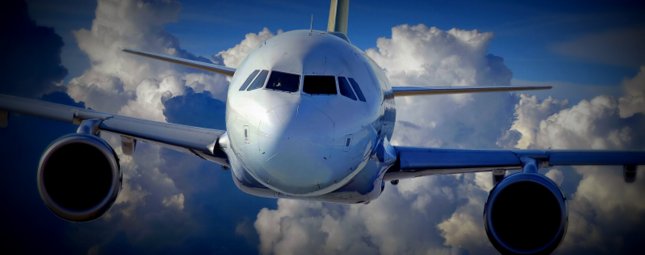Many thanks to SWLing Post contributor, Ivan Cholakov (NO2CW), who shares the following:
Thomas, N1SPY did a follow up video [to this previous post] where he explained a few details about NDBs (Non Directional Beacons).
I knew they existed but had no idea about their historical significance.
Click here to view on YouTube.
Another excellent and informative video, Thomas! Thank you for sharing and keep up the good work!


I have the dubious honor that on the checkride for my instrument rating many years ago, my designated examiner realized he had not done partial panel work (where they cover the artificial horizon and the heading indicator) on an instrument approach. The only approach left on our plan for the checkride was was an NDB approach in to Winchester Virginia. I was using a King KR-86 ADF.
He covered my vacuum instruments. I was reduced to using my timer, the airspeed, the altimeter, and the turn and bank coordinator and my request for him to read the whiskey compass when the wings were straight and level (If I had looked at the compass I’d have been able to see outside the hood over my eyes). I made it to within a mile of the runway threshold. I passed. I don’t know how, but I passed.
Most people have no idea how difficult a partial panel NDB approach is. But if you talk to some older pilots they’ll look a bit surprised and then grin. Since then, I’ve practiced NDB approaches and navigated with several NDBs including holding over an LOM and the like. But I refuse to attempt another partial panel NDB approach ever again. There are too many ways that things can go wrong.
Another thing: the article forgets to point out that pilots are expected to include a wind correction to stay on the assigned bearing to the NDB. The curved path is what happens when there are no corrections.
Also, older sectional charts used to include the larger AM radio stations with significant power day and night. It used to be quite practical to fly from radio station to radio station across the country.
Many of us started in longwave by chasing and logging NDB’s…but sadly they are on the way out
as he said as GPS takes over.
Most NDB’s run 25 watts but a few (like my local BH224) run several hundred watts;the now
defunct NDB in the Bahamas (run by the FAA ) ran 2,000 watts.
Larry Weston’s Stinson 108 website has a gem 3/4 of the way down the page when he links
to “Stinson 108 radios”…the most popular was the Hallicrafters Skyfone, believe it or not.
He describes the gradual transition from HF/LW aircraft comms to VHF you won’t find
anywhere else:
http://www.stinsonflyer.com/ac-0.htm#Historical
LW was also the home of the four course Radio Navigation Range (or A/N range).
Here is a modern demonstration of it:
https://www.youtube.com/watch?v=p-VqtNY8vpw
Keep in mind that summer static really made the A/N range challenging.